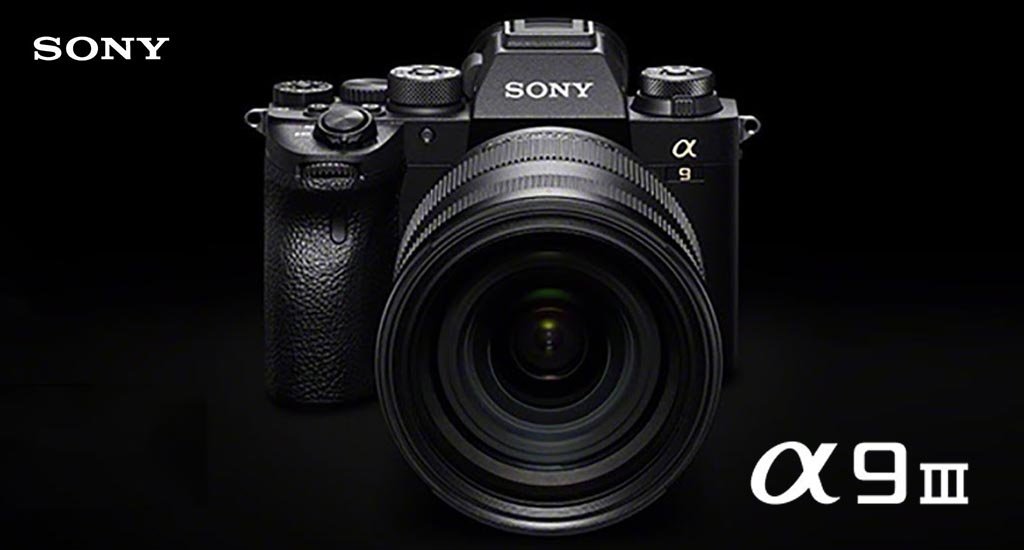Exploring the Differences Between Rolling Shutter and Global Shutter Cameras
Introduction
The world of digital photography and videography is constantly evolving, with new technologies and innovations shaping the way we capture images and videos. One crucial aspect that often goes unnoticed but plays a significant role in the quality of the final product is the camera's shutter mechanism. In this article, we will delve into understanding the differences between two common types of shutter mechanisms: rolling shutter and global shutter. Additionally, we'll introduce you to a few notable global shutter cameras, including the RED Komodo and the newly announced Sony a9III.
Understanding the Differences
Before we can appreciate the distinctions between rolling shutter and global shutter cameras, it's essential to grasp how these mechanisms work.
1. Rolling Shutter:
Rolling shutter is the more traditional and common shutter mechanism in most consumer cameras and smartphones. When you press the shutter button, a rolling shutter camera captures an image by scanning the frame from top to bottom or left to right, depending on the camera's orientation. This method captures each portion of the frame at a slightly different moment in time, which can lead to specific issues.
2. Global Shutter:
Global shutter, on the other hand, captures the entire frame simultaneously. Every pixel in the image sensor collects light at the same moment, resulting in a more synchronized and distortion-free image. This technology is commonly found in professional video cameras and high-end digital cinema cameras.
Distinguishing Features
Now that we have a basic understanding of the two shutter mechanisms, let's explore their differences:
1. Motion Artifacts:
One of the most noticeable differences is the susceptibility to motion artifacts. Rolling shutter cameras can produce distortions like the "jello effect" or rolling shutter distortion when capturing fast-moving subjects or panning quickly. In contrast, global shutter cameras are largely immune to these issues because they capture the entire frame simultaneously.
2. Flash Photography:
Global shutter cameras excel in flash photography since they can capture the moment the flash fires with precision. Rolling shutter cameras might introduce artifacts like uneven lighting or black bars when used with a flash.
3. Rolling Shutter Effect:
The rolling shutter effect occurs when there's a noticeable delay between the top and bottom of the frame. For example, vertical lines may appear bent when capturing fast-moving subjects. Global shutter cameras do not exhibit this issue.
Notable Global Shutter Cameras
1. RED Komodo:
The RED Komodo is a popular choice among professional cinematographers and filmmakers. It features a global shutter sensor that delivers excellent image quality, making it ideal for capturing fast-paced action scenes and dynamic shots.
2. Sony a9III (Newly Announced):
The Sony a9III is a highly anticipated camera that was recently announced. While it's primarily known for its advanced autofocus system and sports photography capabilities, the introduction of a global shutter could be a game-changer, offering improved performance in fast-action scenarios and eliminating rolling shutter artifacts.
Conclusion
In the world of photography and videography, the choice between rolling shutter and global shutter cameras depends on your specific needs and the kind of content you want to create. While rolling shutter cameras are more common and affordable, global shutter cameras offer a significant advantage in terms of image quality, especially when capturing fast-moving subjects or using flash photography.
With the introduction of cameras like the RED Komodo and the newly announced Sony a9III, global shutter technology is becoming more accessible and promising. As technology continues to advance, we can expect further improvements in shutter mechanisms, ultimately benefiting both amateur and professional photographers and videographers alike.




